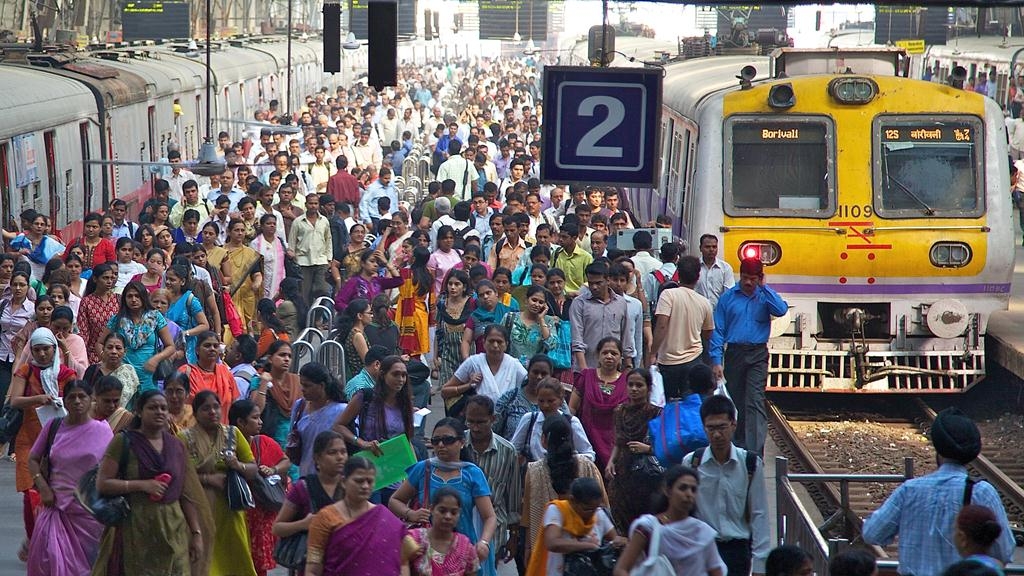Mumbai is India’s commercial and financial center and one of the most densely populated cities in the world. The city relies heavily on public transport with about 80% of all motorized trips being undertaken on public rail and bus services. More than half of these trips are undertaken on the suburban rail system which is the lifeline of the city.
Every day some 8 million commuters use the city’s suburban rail system, travelling on more than 2,800 trains a day. The network is severely overcrowded during peak hours when the number of passengers exceeds the network’s carrying capacity by more than four times.
Given the linear layout of the city, the location of business areas, and the ever-widening spread of the suburbs, Mumbai’s rail network will continue to be the primary mode of transportation in the city for years to come.
Since 2002, the World Bank has supported the city’s efforts to plan and develop its transport infrastructure to cater to the city’s ever-growing needs. Since transport development in such a complex urban scenario is a continuous long-term process, the projects are being implemented in stages.
Mumbai Urban Transport Project: The first World Bank-supported Mumbai Urban Transport Project (MUTP: $542 million; 2002 -2011) helped foster the establishment of a dedicated agency - Mumbai Railway Vikas Corporation (MRVC) – to plan and develop transport infrastructure and services over the longer term for a commuting population of such a large and ever-growing magnitude.
The project introduced more comfortable ventilated railway coaches, and increased the number of trains. It also improved east-west road connectivity and implemented a modern traffic management system at key congestion points, covering about half of the city. These measures reduced long commuting times and improved the travel experience of rail and road users. The project also strengthened MRVC’s capacity to work in a complex transport system.
Mumbai Urban Transport Project 2 A: The ongoing MUTP2 A ($344 million; 2010-2016) is introducing 72 new trains of 12 cars each, eliminating all those services which used the 9 car trains that were in operation earlier. This will increase the carrying capacity of each train and also raise the number of train services on all lines, with peak time services reaching upto 18 trains per hour.
The new trains being procured are also more energy efficient, with a regenerative braking system, resulting in a 30 percent reduction in energy consumption compared to conventional trains. This more efficient system will reduce journey times from about 2.5 percent to 8 percent on different lines.
The project also seeks to improve the network’s financial viability, and strengthen the managerial capacity of MRVC and Indian Railways.
Since trespassing onto the railway tracks leads to a large number of unnecessary deaths, safe and convenient ways to cross the tracks are being introduced at 12 stations. The project is also conducting a study to improve the commuting experience for women.

